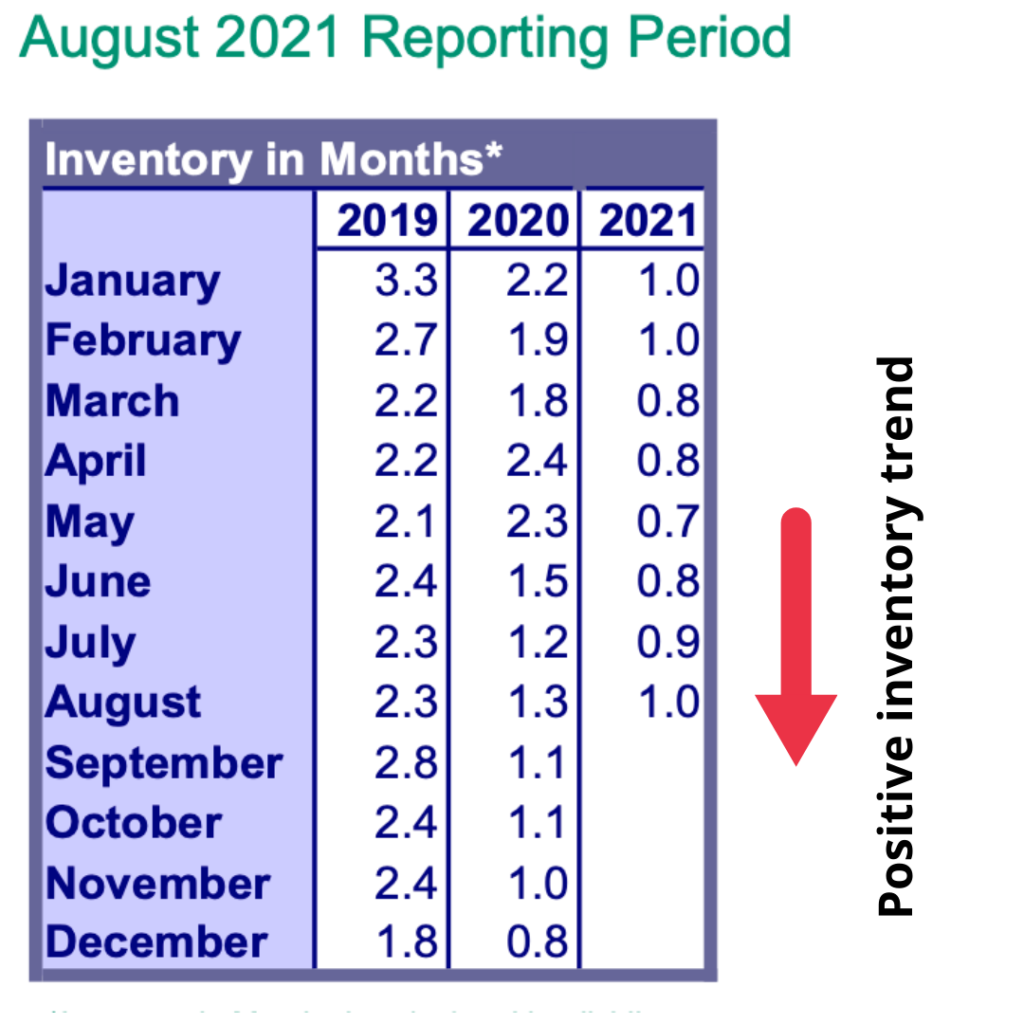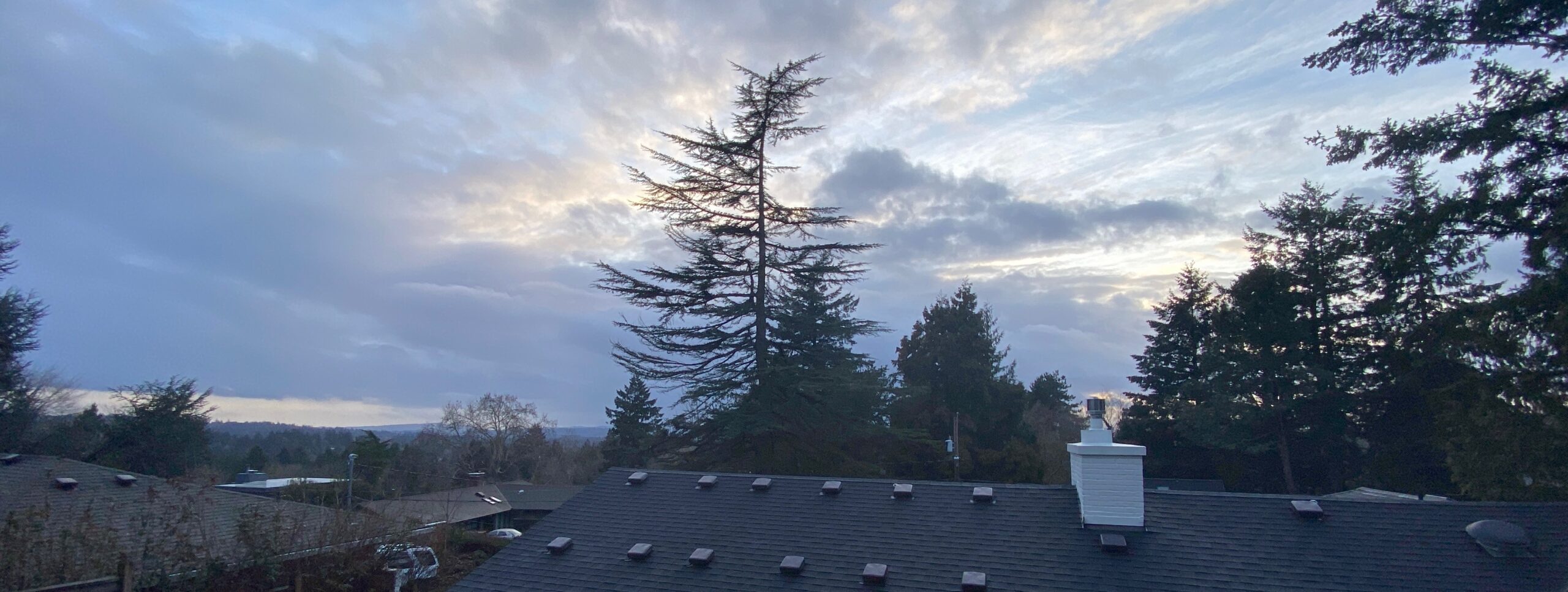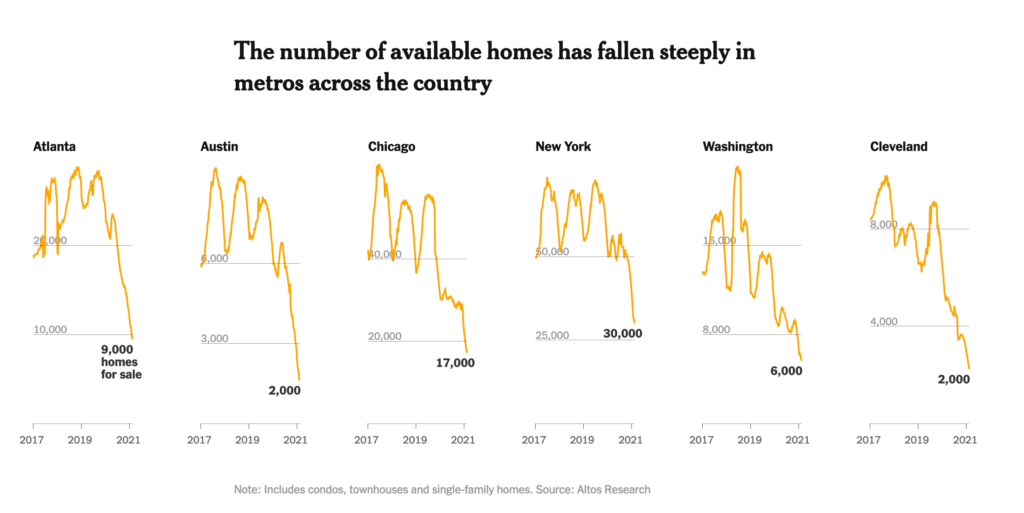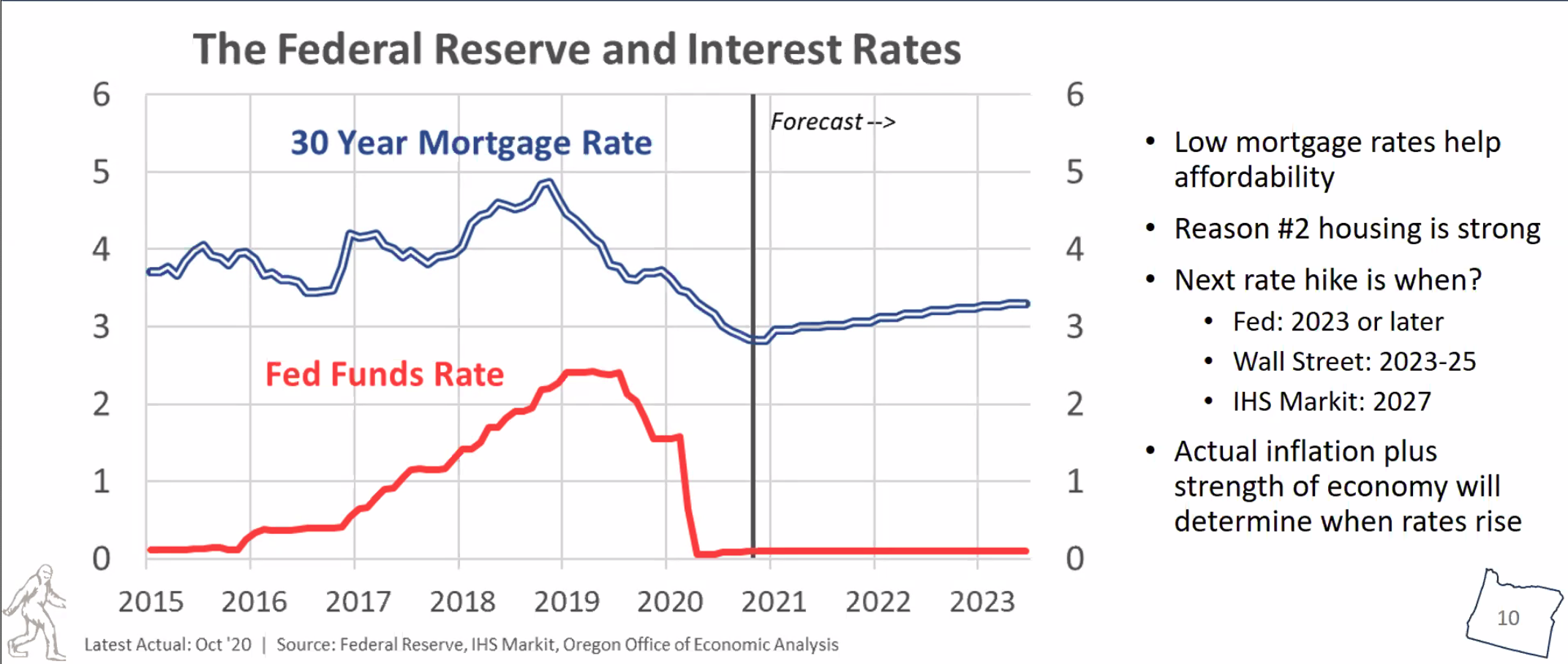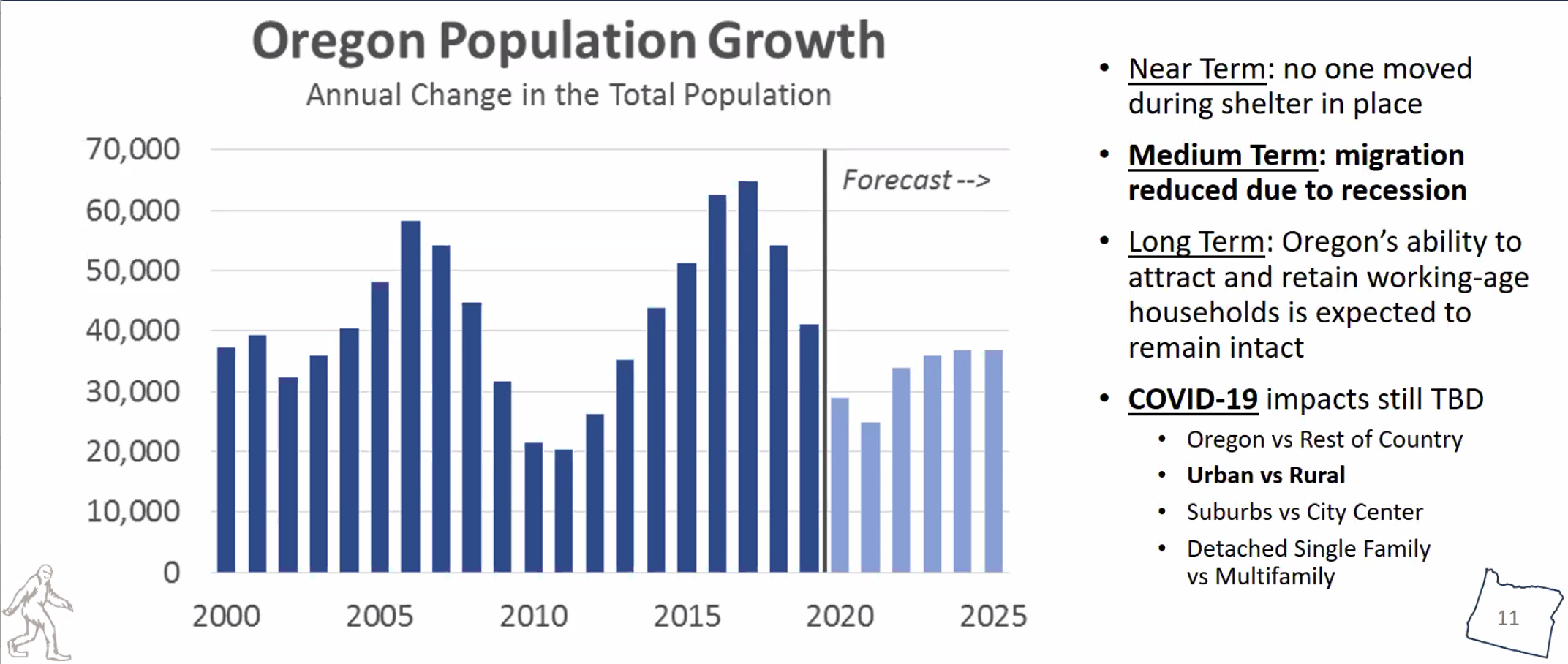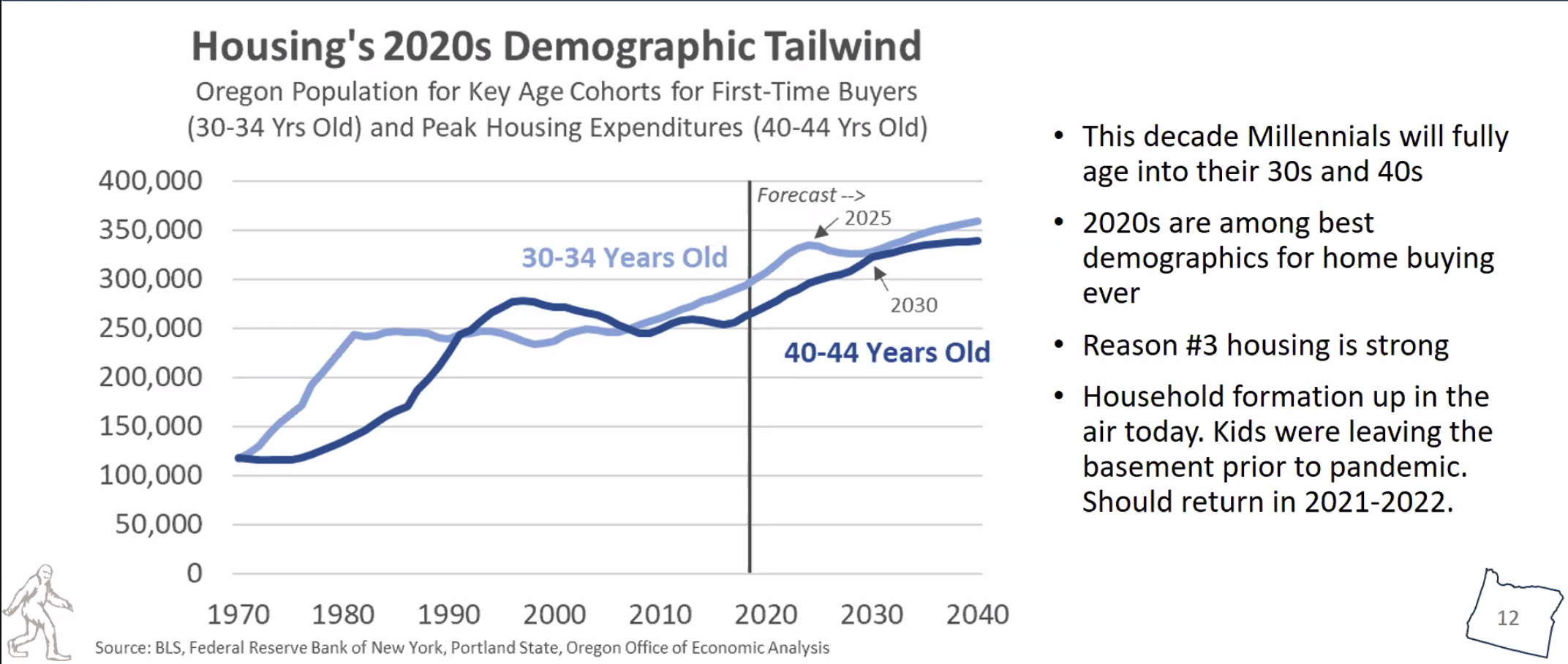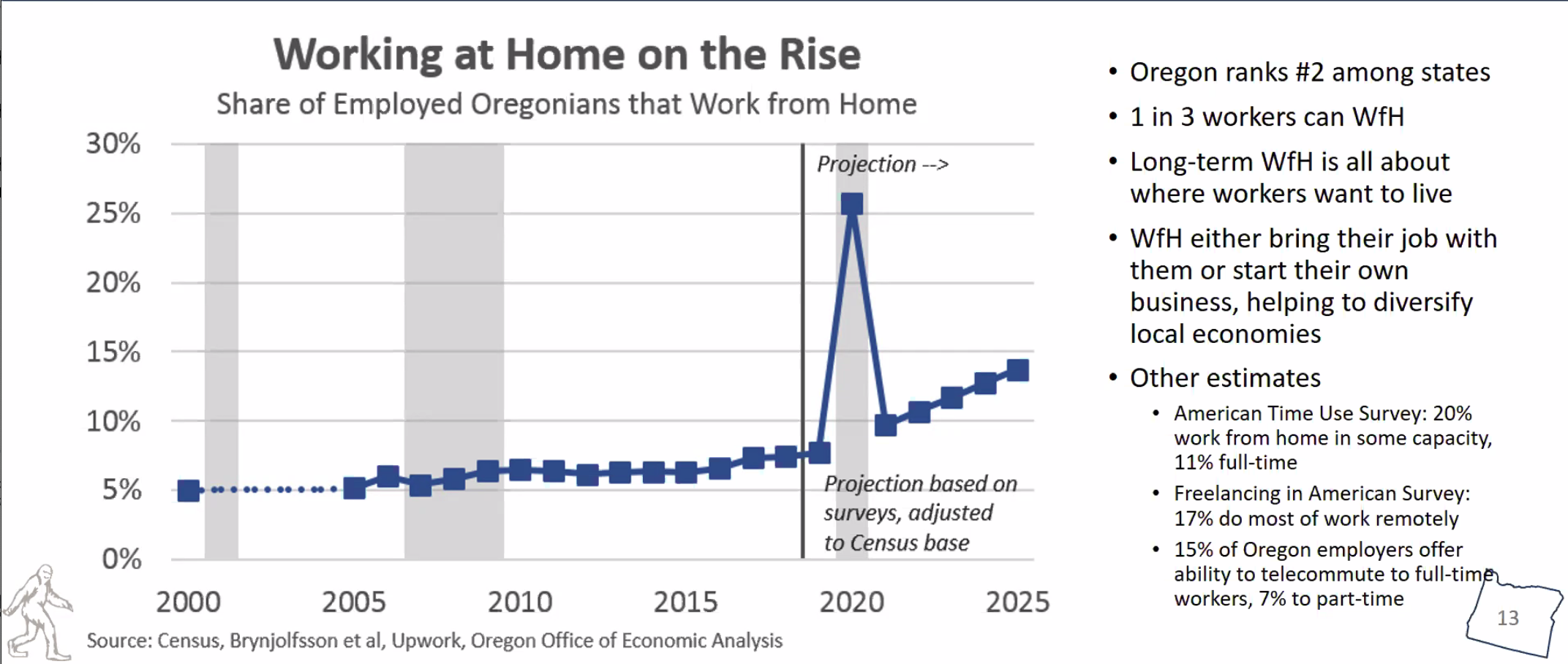🏡 Top 5 Benefits of Owning a Home + Future Real Estate Trends in Oregon & Washington
If you’ve ever considered buying a home, you’ve likely wondered whether it’s really worth it. The good news: homeownership offers many advantages that can make it one of the best long-term investments you’ll ever make. In regions like Oregon and Washington—known for their strong economies, natural beauty, and growing communities—the outlook for homeowners is especially positive. Let’s break down the top five benefits and look ahead at what the next 10 years may hold for this market.
✅ 1. Build Equity & Wealth Over Time
Every mortgage payment increases your ownership stake. Instead of paying rent to a landlord, you’re building equity—your share of the home’s value. Over time, homes tend to appreciate, which grows your wealth.
✅ 2. Predictable Monthly Costs
Fixed-rate mortgages offer consistent monthly payments. That means no more surprise rent increases. Predictability gives you control over your finances and long-term planning.
✅ 3. Tax Benefits
Homeowners may deduct mortgage interest and property taxes, reducing taxable income. This makes homeownership more affordable at tax time. (Always consult a tax professional.)
✅ 4. Personal Freedom
When you own, you can truly make your house a home. Remodel the kitchen, plant fruit trees, or create a home office. Ownership gives you the freedom to live how you want—without a landlord’s restrictions.
✅ 5. Stability & Community Roots
Buying often leads to long-term residence. That means deeper neighborhood ties, better school planning, and a stronger sense of belonging. In the Pacific Northwest, where community connection matters, this is a major benefit.
🔮 Future Trends in Oregon & Washington Housing Markets
🏙️ Price History & 10-Year Market Outlook in Oregon & Washington
📉 Past 10 Years (2014–2024)
Over the last decade, home prices in the Pacific Northwest have seen remarkable growth:
-
Portland, OR: From 2014 to 2019, Portland’s median home price surged by 45%, and by 2024, homes were consistently listing around $550,000. According to Zillow, the median price hovered around $391,000 in 2018 and has continued to climb.
-
Seattle, WA: Seattle saw explosive growth with prices rising over 100% between 2012 and 2022. The median home price exceeded $900,000 at its peak in mid-2022 before cooling slightly to about $765,000 in 2024.
-
Vancouver, WA: Vancouver has benefited from Portland metro growth while offering slightly more affordable homes. The median home price in 2014 was around $230,000. By 2024, that figure had more than doubled to about $500,000, according to Redfin.
🔮 Next 10 Years (2024–2034)
Looking forward, market predictions point to continued—though slower—growth across the region:
-
Portland, OR: Realtor.com projects Portland could become a “million-dollar market” by 2033, with median prices reaching over $1,051,000. This is based on its historic 2014–2019 growth trajectory.
-
Seattle, WA: While Seattle has seen a short-term dip, Zillow forecasts a modest 1.5% increase over the next year. Long-term, steady tech sector growth and urban demand will likely keep Seattle among the nation’s top-valued markets.
-
Vancouver, WA: Growth here is expected to continue as Portland buyers seek affordability across the Columbia River. While specific 10-year projections are less publicized, the city’s strategic location, new development, and strong school districts suggest values will rise steadily.
Nationally, Fannie Mae predicts home prices will grow by about 3.8% in 2025, easing to 3.6% in 2026, with the West Coast expected to see slightly below-average appreciation due to already high price baselines.
🛠️ Policy & Development
Both states have introduced zoning reforms to fight housing shortages. Oregon now allows more multi-unit buildings in formerly single-family zones. Portland’s Residential Infill Project enables up to four units per lot, helping add “missing middle” housing.
These changes are expected to boost supply over the next decade, gradually easing pressure on buyers.
🌲 Why the Pacific Northwest is a Smart Buy
Oregon and Washington continue to attract new residents thanks to:
-
Expanding job markets in tech, healthcare, and green energy
-
Outdoor access to forests, coastline, and national parks
-
Top-rated schools and universities
-
Strong local food, art, and innovation cultures
These regional strengths support long-term property value, especially in high-demand areas like the Portland metro, Vancouver, Bend, Seattle, and Spokane.
📈 What to Expect in the Next 10 Years
Experts predict moderate appreciation, increased construction, and more accessible homeownership thanks to local and state housing policy changes. While the market may cool slightly in the short term, long-term trends remain positive—especially in desirable, high-growth areas.
🗝️ Final Thoughts
Buying a home is about more than just square footage—it’s about stability, freedom, and investing in your future. And in Oregon and Washington, that investment is looking strong. Whether you’re a first-time buyer or planning a move, the time to explore your options is now.
Want help creating a custom buying or selling strategy in this changing market?
Let’s connect!
https://www.livingroomre.com/agents/jessicaward/





